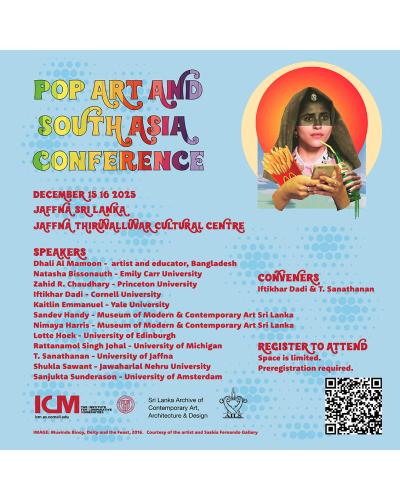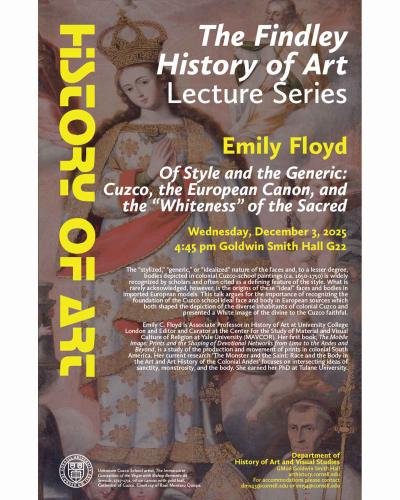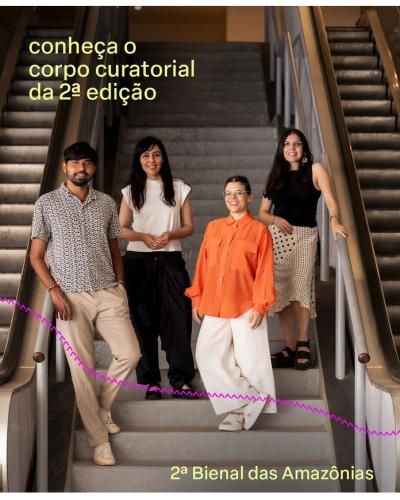Anissa Rahadiningtyas
Lukisan Kaligrafi and the Importance of Becoming "Islamic"
Tuesday, November 12th
4:30pm in Goldwin Smith G22
Abstract
In 1985, Machmud Bukhori defined lukisan kaligrafi based on the practice of Ahmad Sadali (1924-1987) and A.D. Pirous (b. 1932), two prominent artists/intellectuals that pioneered the incorporation of Arabic/Quranic calligraphy into their modernist abstract paintings in the late 1960s and early 1970s. Translated as “painting,” lukisan indexes an immediate linkage to modernity and the history of Indonesian modern art since the early 20th century, while kaligrafi anchors and extends it to the long artistic tradition of global Islamic communities. Throughout the 1970s until the 1990s, lukisan kaligrafi became the dominant practice of modern Islamic art in Indonesia. Even though artists, critics, and Muslim intellectuals subsequently sought to extend the perceived boundaries of Islamic art by including other types of representations and media, they also confined it according to stricter textual interpretations of Traditions (Quran and Hadiths) and the notion of being a “good” Muslim. I will proceed on presenting the heterogeneous and conflicting voices of these actors in their effort to (re)define “nafas Islam” or “the spirit of Islam” and its engagement with ideas of modernity in Indonesian art in national and international platforms.
Bio
Rahadiningtyas is a PhD candidate in the History of Art and Visual Studies Department at Cornell. Her primary research area is the history of modern and contemporary art in Southeast Asia and her dissertation focuses on Islamicate art and visual tradition in the works of artists in Indonesia. She uses the approach of the history of movement and circulation of visualities and materialities that were brought by the global network of Islam in the Indian Ocean. Her interests include postcolonial theory, ocean studies, comparative modernisms, diaspora, and religious studies. She received a B.F.A. in Sculpture from Faculty of Art and Design, Institut Teknologi Bandung, Indonesia, in 2008 and M.A. in Aesthetics and Sciences of Art from the same institution in 2012.





